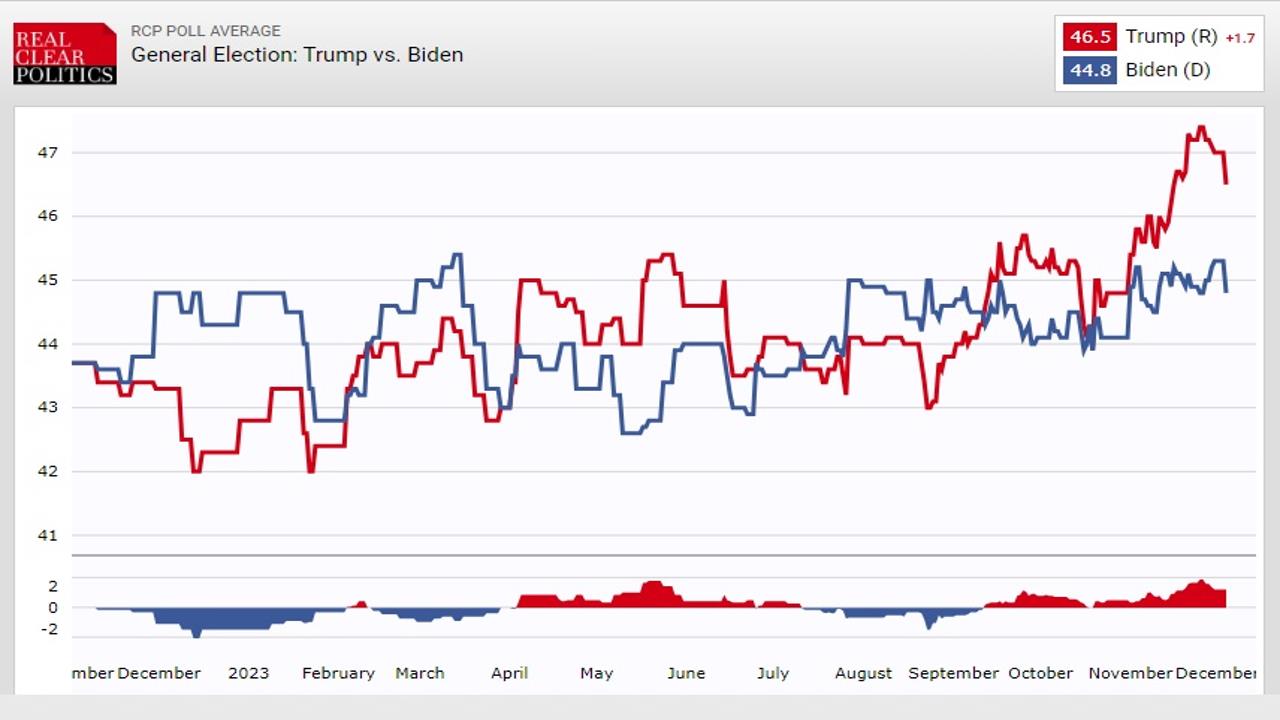Video:
Take our online poll:
AI Analysis:
Polling conducted 12 months ahead of an election can provide some insights into early trends and public sentiment, but its predictive accuracy tends to be less reliable compared to polling conducted closer to the election date. Here are some factors to consider:
1) Fluidity of Opinions: Public opinion can change significantly over time, especially in the fast-paced world of politics. A lot can happen in a year, including policy changes, political scandals, or major events that might influence voters' perceptions.
2) Name Recognition and Awareness: Twelve months before an election, some candidates might not have gained widespread recognition or exposure. Polling might reflect this lack of awareness, affecting the accuracy of candidate popularity.
3) Early Indicators: While less reliable, early polling can sometimes hint at potential trends or issues that might shape the election landscape. It can provide a preliminary snapshot of voter preferences or concerns.
4) Margin of Error: Polling, even when conducted closer to an election, has a margin of error. When conducted far in advance, this margin of error tends to be larger due to the uncertainties of how opinions might evolve.
5) Contextual Shifts: Socioeconomic or geopolitical changes can significantly impact voter behavior. An event occurring closer to the election might reshape the political landscape and override earlier polling trends.
In summary, while early polling can offer some insight, it's crucial not to rely heavily on it for predicting election outcomes. It's more of an indicator than a precise predictor, and a lot can change in the months leading up to an election. Polling closer to the election date tends to be more accurate and reflective of the current sentiments of voters.
Chart:

References:


Comments